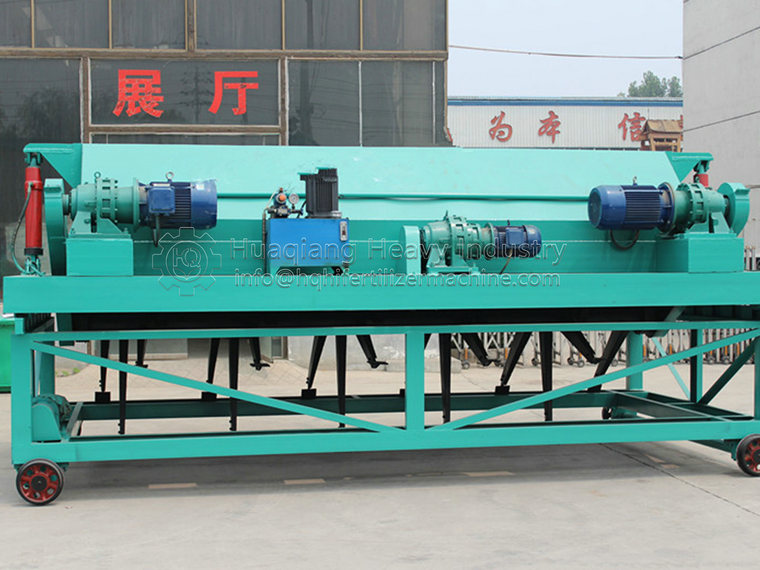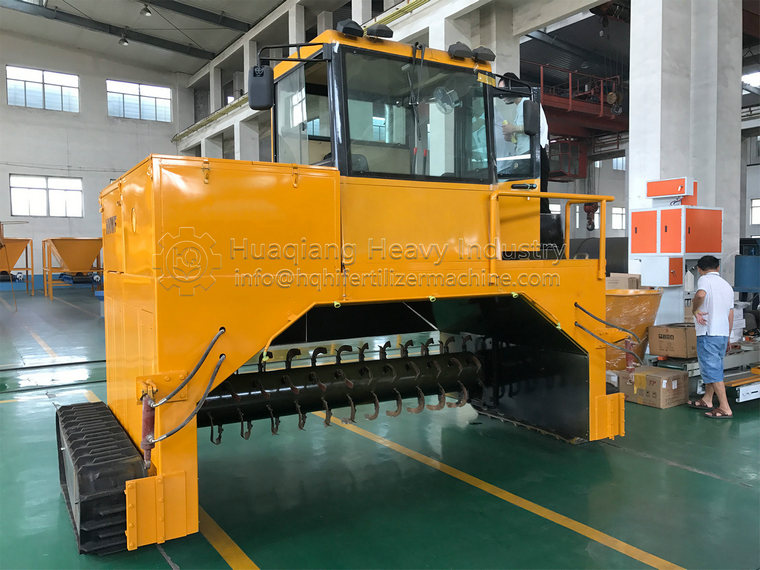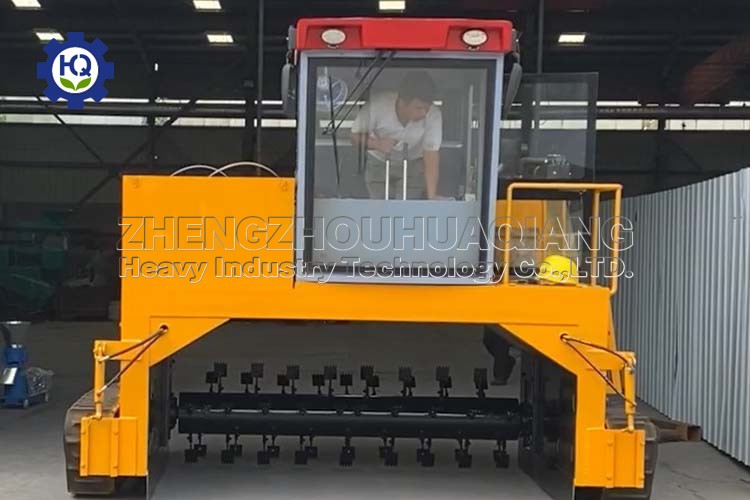The granulation process of the stirring tooth granulator for livestock and poultry manure treatment equipment
The agitator granulator is a commonly used equipment in the production process of organic fertilizers, especially suitable for granulating organic materials such as livestock manure. The granulation process usually includes the following steps:
Raw material preparation: Firstly, organic materials such as animal manure need to be pre treated, including crushing, screening, and mixing, to ensure the uniformity and appropriate particle size of the raw materials. The pre treated raw materials should have a certain moisture and organic matter content to facilitate the granulation process.
Raw material humidification: Before granulation, the raw material needs to be appropriately humidified, and the moisture content should usually be controlled between 30% and 40%, which helps the raw material form particles in the agitator granulator.
Feed: Feed the pre treated and humidified raw materials into the feed inlet of the agitator granulator. The agitator granulator is equipped with multiple agitator teeth inside, which, when rotating at high speed, force the raw materials through the mold holes in the equipment to form particles of specific shapes.
Granulation: Under the strong stirring and squeezing action of the stirring teeth, the raw materials are subjected to high pressure in the mold holes, forming particles with certain strength. The shape and size of the mold holes of the agitator can be adjusted according to production needs to produce particles of different sizes and shapes.
Drying: After granulation, the particles usually contain a high amount of moisture and need to be dried using drying equipment to reduce the moisture content of the particles, improve their stability and storage capacity. The drying process can be completed through equipment such as a hot air dryer.
Screening: After drying, the particles need to be screened to remove unqualified particles (such as oversized or undersized particles), ensuring that the final product has uniform particle size.
Packaging and Storage: Qualified particles after screening can be packaged for easy storage and transportation. Before packaging, cooling treatment may be necessary to ensure the stability of the particles during storage.
The agitator granulator plays a key role in the treatment of livestock and poultry manure and the production of organic fertilizers. Through this process, the original livestock and poultry manure can be converted into organic fertilizer particles with high added value, which not only solves the problem of livestock and poultry manure treatment, but also promotes the circular utilization of resources and the sustainable development of agriculture.



.jpg)


.jpg)

